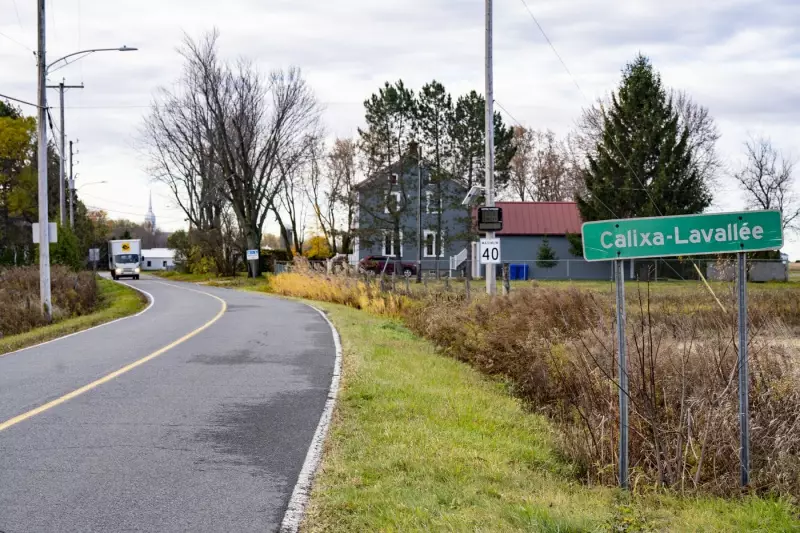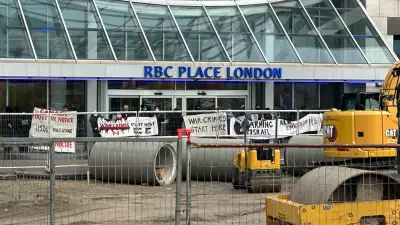
Beyond the Ballot Box: Quebec Towns Challenge Turnout Narrative
In a political climate where low voter participation is typically met with concern, a cluster of Quebec towns is presenting a counter-narrative. Following the recent municipal elections, these communities are demonstrating that a lower voter turnout does not automatically signal civic disengagement or dissatisfaction.
The focus has turned to municipalities like Calixa-Lavallée, where the conventional wisdom about electoral participation is being questioned. Rather than interpreting the numbers as apathy, some local officials and residents suggest it may reflect a form of contentment with the status quo and the current direction of their local government.
A Sign of Satisfaction, Not Apathy
The situation in these Quebec towns challenges the standard discourse surrounding democratic health. The common assumption that high turnout is inherently good and low turnout is inherently bad is being re-examined at the local level. In these specific contexts, a quieter election cycle might indicate that residents are broadly satisfied with their municipal leadership and services, feeling less urgency to instigate change.
This perspective offers a nuanced view of civic engagement, suggesting that trust and stability can sometimes manifest in quieter electoral participation. The experience in Quebec provides a fascinating case study for other municipalities across Canada that grapple with interpreting voter behavior and fostering genuine community connection beyond just election day metrics.
The Local Context in Calixa-Lavallée
The community of Calixa-Lavallée, highlighted in imagery from November 6, 2025, serves as a tangible example of this phenomenon. For smaller, tight-knit communities, the relationship between citizens and their local government can be more direct and continuously communicative, potentially reducing the perceived stakes of any single election.
This story underscores the diversity of democratic expression across the country. It suggests that a one-size-fits-all approach to evaluating civic health through turnout statistics may overlook important local realities and the complex, ongoing relationship between residents and their municipal representatives.





